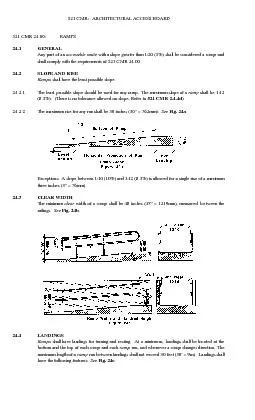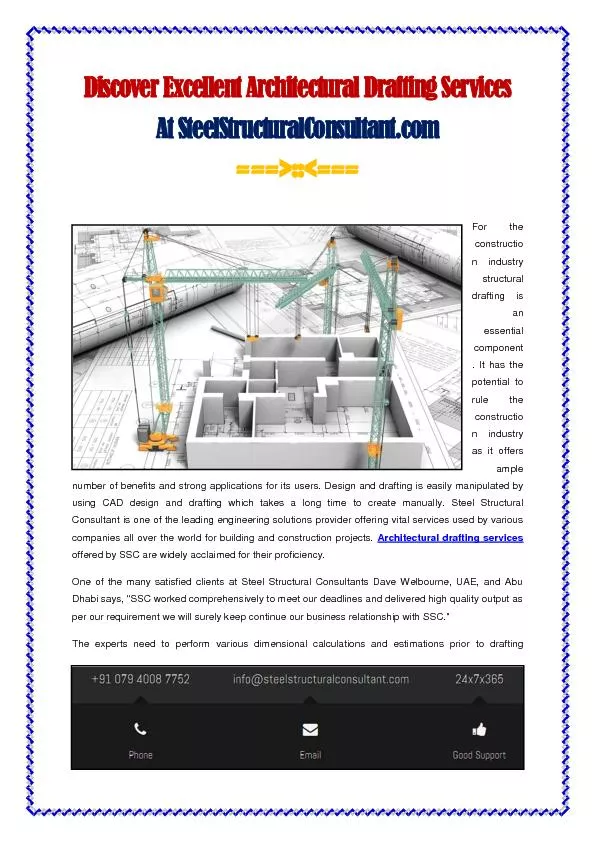PDF-521 CMR: ARCHITECTURAL ACCESS BOARD 1/27/06 521 CMR - 111
Author : yoshiko-marsland | Published Date : 2017-11-22
2400 RAMPS 245 HANDRAILS Handrails shall be provided at all ramps Handrails shall have the following features 2451 Location Handrails shall be provided along both
Presentation Embed Code
Download Presentation
Download Presentation The PPT/PDF document "521 CMR: ARCHITECTURAL ACCESS BOARD ..." is the property of its rightful owner. Permission is granted to download and print the materials on this website for personal, non-commercial use only, and to display it on your personal computer provided you do not modify the materials and that you retain all copyright notices contained in the materials. By downloading content from our website, you accept the terms of this agreement.
521 CMR: ARCHITECTURAL ACCESS BOARD 1/27/06 521 CMR - 111: Transcript
Download Rules Of Document
"521 CMR: ARCHITECTURAL ACCESS BOARD 1/27/06 521 CMR - 111"The content belongs to its owner. You may download and print it for personal use, without modification, and keep all copyright notices. By downloading, you agree to these terms.
Related Documents












![Oracle 1Z0-521 Certification Exam Questions and Answers PDF {UPDATED]](https://thumbs.docslides.com/970763/oracle-1z0-521-certification-exam-questions-and-answers-pdf-updated.jpg)

